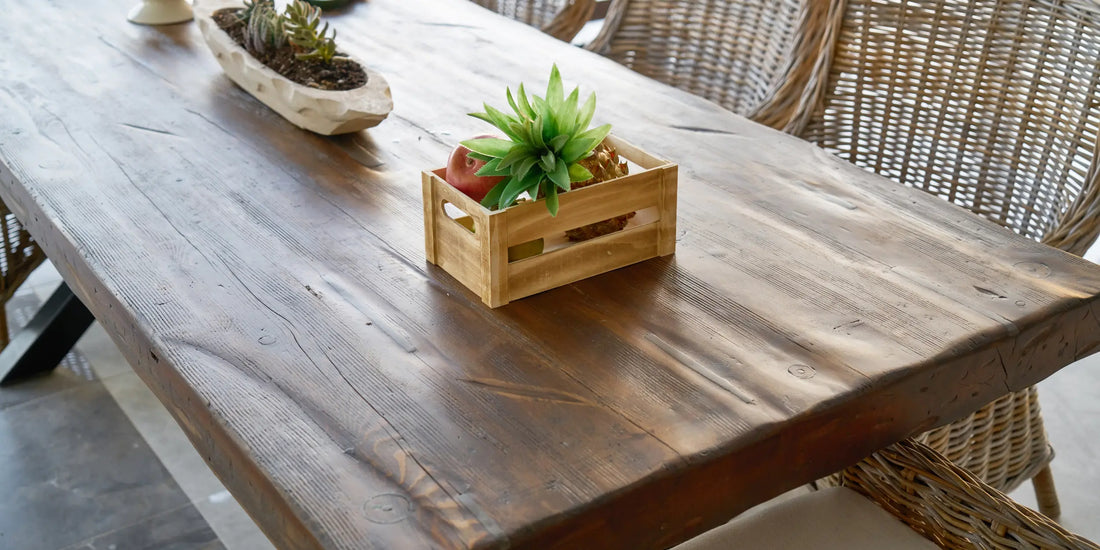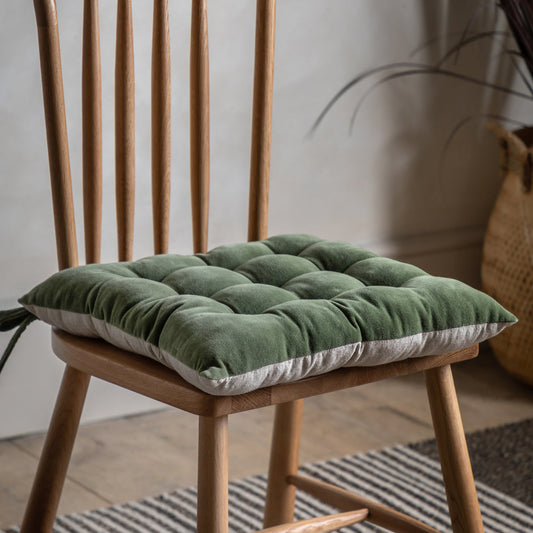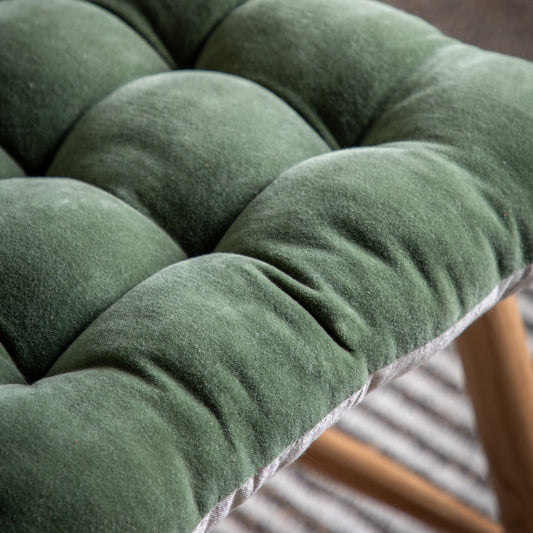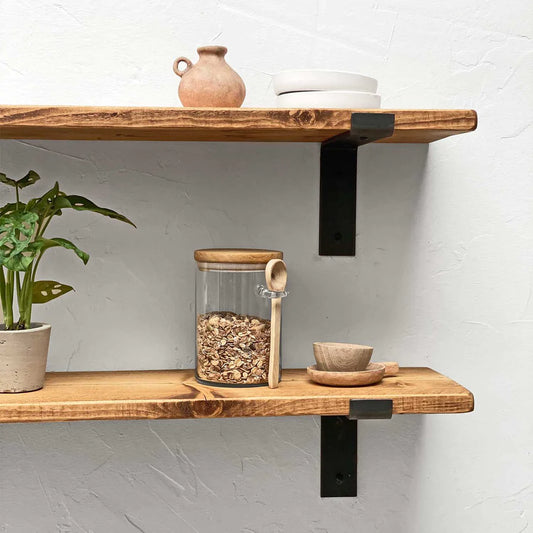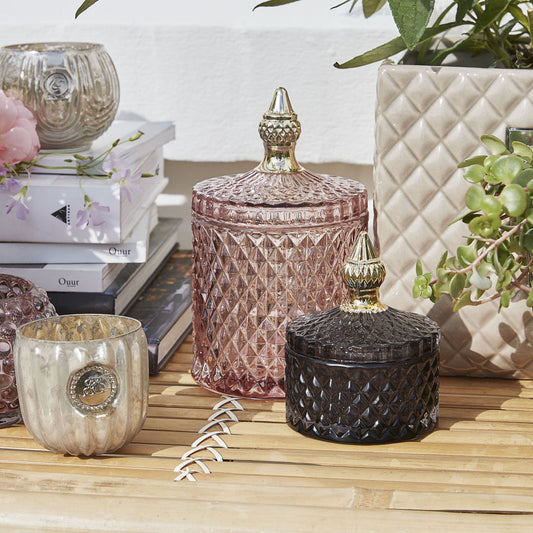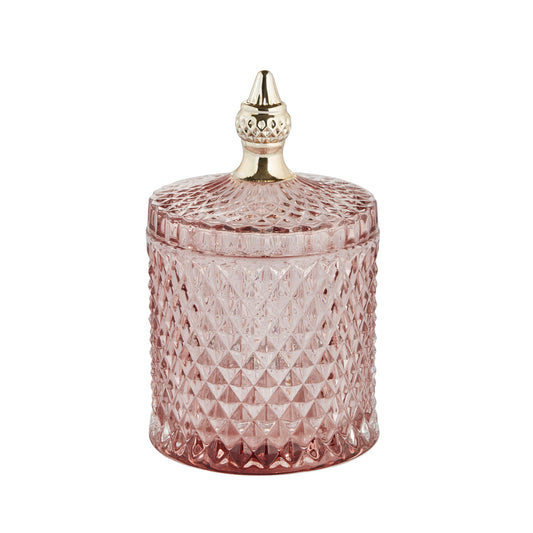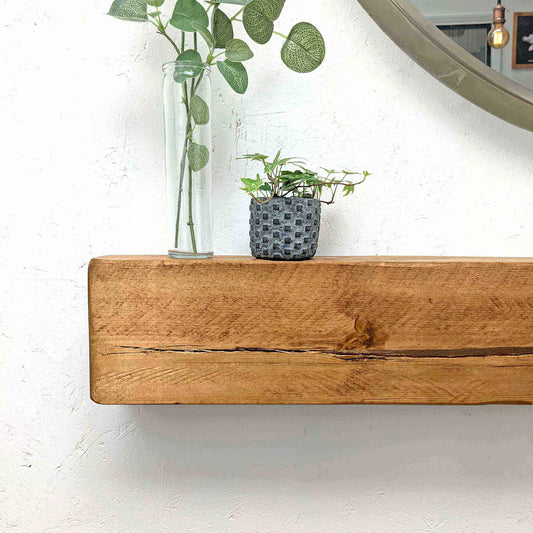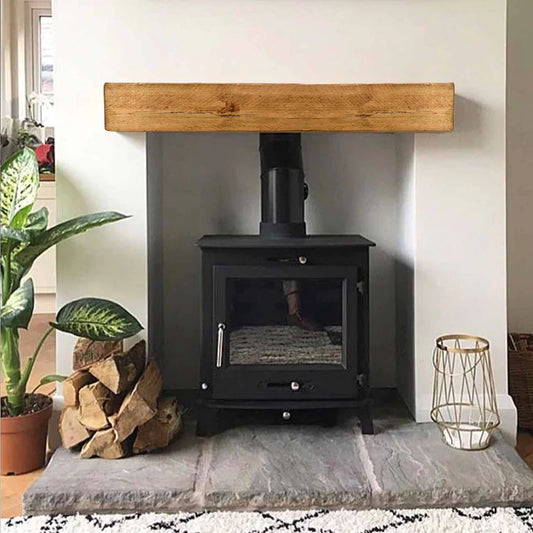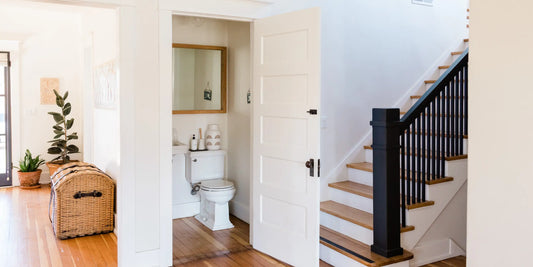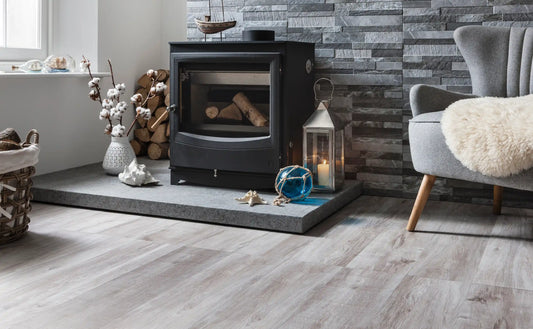Please note: This article may contain affiliate links. All recommendations and styling advice are provided as helpful suggestions only, please always research thoroughly before making any major changes to your home.
If you're building furniture out of timber, then you'll have an extremely diverse range of materials to choose from. Different kinds of trees provide different kinds of timber, and your choice should reflect your priorities.
In most cases, durability should be key.
We're looking for a wood that will resist scratches and last for years to come – which will tend to mean favouring hardwoods.
Let's take a look at a few popular options, and compare their relative strengths and weaknesses.
Oak
When it comes to durability, oak is the go-to choice for many furniture makers. You'll tend to find it available in two main categories: red and white.
Both offer impressive durability, but white tends to be naturally better at dealing with moisture.
Properly treated, it'll make a great choice in moisture-rich environments like bathrooms and kitchens.
If you're using oak outdoors, then you'll want to look for pressure-treated timber, which is better able to resist rot and decay.
Bear in mind, however, that products of this sort are often discoloured by the treatment process, which might be a deal-breaker depending on the aesthetics you're looking for.
Teak
Teak grows in the tropics, where trees must be naturally rich in oils to resist the local insects and humidity.
It's an excellent choice for outdoor furniture, because of these qualities. Strong and naturally great to look at, it also removes the need for pressure treatment.
With that said, the supply of teak in the UK is slightly complicated by ethical and environmental considerations.
The major culprit here is teak from Myanmar. Check with your supplier where you're getting your teak from, and look for the Forest Stewardship Council logo.

Maple
Maple is an extremely hard wood with a consistent texture. It's perfect for any item of furniture that needs to be able to withstand punishment in the long term.
You might see it used in kitchen cabinets, dining tables and bedframes, or anywhere else where lots of traffic is expected.
Mahogany
Mahogany is a timber synonymous with quality. It's highly resistant to swelling and warming, and comes with a distinctive fine grain.
You'll often see it used in hardwood flooring, because it doesn't warp when sunlight pours in. You can also polish it easily: given the right finish and buffing, it will look absolutely stunning.
If you're building antique-inspired furniture with plenty of intricate detail, then mahogany is surely a natural choice. It can, however, be an expensive one – so make sure that your final product will justify the outlay.
To Summarise
When selecting timber for furniture, durability is a key factor.
Oak
Available in red and white varieties, offers robustness, with white oak being more moisture-resistant.
Teak
Ideal for outdoor furniture, is strong and resistant to insects and humidity but comes with ethical considerations.
Maple
Known for its hardness, is suitable for high-traffic furniture pieces.
Mahogany
Synonymous with quality and beauty, is perfect for intricate, antique-style furniture, though it's a pricier option. Each wood type has unique properties, making it crucial to choose based on both the functional needs and aesthetic goals of your project.
Pin This for Later


